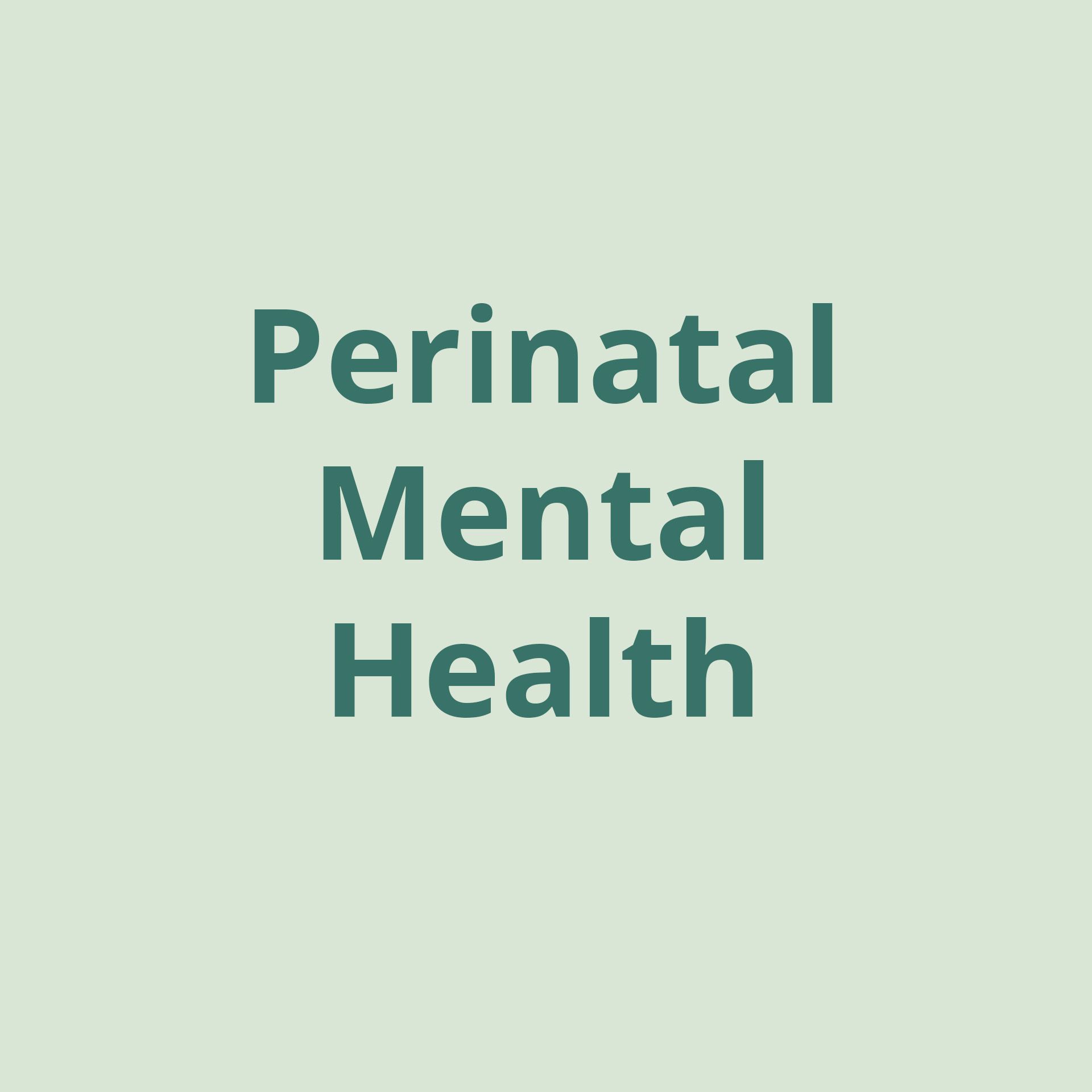Creating a Life Worth Living Through Dialectical Behavioral Therapy (DBT)

By Thrive Wellness Reno DBT Therapist Shannon Servi, LCSW
With foundations in cognitive behavioral therapy (CBT), dialectical behavioral therapy (DBT) is typically a year-long therapeutic modality intended to help individuals learn necessary skills for reducing suffering and fostering happiness in their lives. Useful in treating complex and co-occurring conditions simultaneously, DBT addresses struggles clients have with processing and regulating their emotions. Through four types of foundational skills, DBT therapy encourages situationally effective responses. The implementation of these skills provides participants with practical and powerful tools for improving their entire life.
EMOTIONAL DYSREGULATION AND DIALECTICAL BEHAVIORAL THERAPY (DBT)
Characteristic of many different types of mental and behavioral health disorders, emotional dysregulation describes difficulties regulating emotional responses. Those with emotional dysregulation challenges may:
- Respond to certain circumstances with seemingly unwarranted levels of emotional intensity, especially in situations evoking sadness, anger, fear, guilt, shame, and even love
- Become easily displaced from their emotional baseline and find it difficult to return to a more level emotional state
Emotional dysregulation can greatly impact one’s ability to function effectively, have healthy relationships, carry out daily activities, and experience joy in their life. Associated contributing factors of emotional dysregulation may be related to exposure to adverse childhood experiences (ACEs) , which include traumatic experiences of abuse or neglect in one’s early years.
Some of the mental and behavioral health conditions emotional dysregulation are associated with include eating disorders and substance use disorders . Oftentimes, problematic behaviors such as binging and purging, restriction and avoidance of feared foods , and substance abuse are used by individuals as a way to cope with the severe emotional pain associated with emotional dysregulation.
Developed in the 1980s by clinical psychologist Marsha Linehan, DBT was intended to treat borderline personality disorder (BPD) , as Linehan herself struggled with BPD and found that effective interventions for the condition were lacking.
Since its development, DBT has been one of the most tested interventions and has been found to be helpful in treating many different kinds of mental and behavioral health conditions which are often contributed to by emotional dysregulation struggles. DBT is an especially effective therapeutic modality for disorders that are complex, co-occurring, and often unsuccessfully addressed by other interventions alone. One of the strengths of DBT is the flexibility built into its structure that allows providers to incorporate additional approaches such as eye movement desensitization and reprocessing (EMDR) therapy , emotionally focused therapy (EFT), and internal family systems (IFS) therapy to address complex conditions. In fact, research has found DBT to be effective at treating chronic and pervasive struggles such as persistent suicidality , self-harming behaviors , severe depression , and substance use.
DBT can be used to treat:
- Bipolar disorder (in conjunction with medication management)
- BPD
- Eating disorders
- Depression
- Self-harming behaviors
- Suicidal thoughts and behavior
- Substance use disorders
- Obsessive-compulsive disorder (OCD)
- Trauma
When creating DBT, Linehan considered what it meant to live life effectively. Drawing on this consideration, DBT establishes individuals’ commitment to healing by asking them to explore what gives their life meaning. Once an individual has some ideas about what brings them meaning, they can begin to establish goals for achieving what they believe to be a “life worth living.” Then, the method meets participants where they are by validating their suffering while simultaneously promoting positive change. DBT works to balance the principles of acceptance and growth through acknowledgment of current circumstances while also working to make meaningful changes that get individuals closer to their “life worth living” goals.
THERAPEUTIC FORMAT OF DBT
An adherent DBT treatment program involves individual therapy, skills group therapy, diary cards, and access to therapeutic skills coaching to integrate the DBT skills into a person’s life.
- Individual therapy: During weekly individual therapy sessions, clients work one-on-one with their therapist on creating their “life worth living.” Participants discuss any challenges and takeaways in applying the DBT skills and work towards their personal treatment goals. Therapists use clients’ diary cards as references during their individual therapy sessions.
- Skills group therapy: During weekly skills group sessions, participants learn the four modules of DBT skills, including mindfulness, interpersonal effectiveness, emotional regulation, and distress tolerance. Each module contains specific skills that clients practice applying in their everyday lives. Curriculum timelines can vary by provider and program. Thrive’s DBT skills group program lasts 16 weeks. For more specifics, be sure to ask your program’s contact.
- Diary cards: Throughout their treatment, participants record their personal data on their diary cards. Clients identify and report behaviors that are causing problems in their lives and that they wish to change, called target behaviors. Additionally, diary cards often track emotions, internal and external circumstances that trigger their emotions, called prompting events, and skills participants have used throughout the week. By documenting this information, the therapist and client can explore behavioral patterns. The goal is to identify the function of these behaviors and establish more effective ways of responding in various situations – usually through the use of learned skills.
- Skills coaching: Another unique aspect of DBT is access to skills coaching. While outside of therapy, clients may reach out to their therapist via phone call or text for real-time skills coaching during challenging situations. This specific element of adherent DBT programming increases the probability of practicing skills effectively outside of the group and individual sessions.
Initial DBT treatment typically lasts one year, with participants completing a full skills group curriculum twice during that time frame.
THE FOUR DBT SKILL MODULES
While developing DBT, Linehan found that four areas are necessary for living an effective, fulfilling life.
The four modules of DBT are:
- Mindfulness: Mindfulness, which encourages individuals to quiet their minds, is essential to learning and practicing DBT. When experiencing chaos and confusion, mindfulness practices can allow individuals to reconnect to the present moment, quiet negative thoughts and emotions, tune in to their body, and connect to their inner wisdom.
- Interpersonal effectiveness: Black-and-white thinking associated with emotional dysregulation can create problematic volatility within relationships. Because, as humans, we are nourished by supportive, connected relationships, DBT provides skills for navigating relationships in healthy and productive ways.
- Emotion regulation: The emotion regulation portion of DBT focuses on reducing vulnerability to negative emotions by educating participants on how emotions function. This section also teaches individuals ways to reduce their vulnerabilities by establishing habits that support physical well-being such as practicing good sleep hygiene and nourishing their body adequately and consistently . This section also teaches strategies to accomplish their “life worth living” goals.
- Distress tolerance: Inevitably, everyone experiences circumstances that cause stress and suffering, so DBT teaches clients ways to accept and tolerate uncontrollable, undesirable events without engaging in behaviors that may make the situation and their own agony worse.
An extensive therapeutic course in living life effectively, DBT guides individuals in implementing the skills in ways that allow them to reach their “life worth living” goals.
HOW DBT WORKS
Intended to overcome all-or-nothing or black-and-white thinking patterns, DBT seeks to help individuals balance opposing perspectives. As participants learn the different skills and how to apply them in an effective manner, they begin to hold the seemingly conflicting principles of acceptance and change in tandem. They begin to accept themselves and uncontrollable circumstances, while also doing what they can to improve their situation and promote their overall growth and well-being.
DBT AT THRIVE WELLNESS
Thrive Wellness offers DBT to clients struggling with emotional dysregulation resulting in a variety of problematic behaviors and disorders, including eating disorders, chronic suicidality, self-harm, substance use, severe depression, trauma, obsessive-compulsive disorder (OCD), and co-occurring conditions. If you or a loved one may be struggling with emotional dysregulation and unhealthy coping mechanisms, please reach out . Our experts are here to help you thrive mentally, emotionally, and behaviorally so you can lead a life that’s worth living and brimming with fulfillment.
About the Author
Thrive Wellness Reno DBT Therapist Shannon Servi, LCSW
Shannon Servi completed her master’s in social work at the University of Nevada, Reno and has worked in the mental health field for over a decade, helping people heal from eating disorders. In addition, she has experience working with individuals struggling with borderline personality disorder (BPD), anxiety, depression, obsessive-compulsive disorder (OCD), bipolar disorder, substance use, and grief. Shannon predominately practices dialectical behavior therapy (DBT) and has training in cognitive behavioral therapy (CBT), exposure and response prevention (ERP), motivational interviewing, perinatal mood and anxiety disorders (PMADs), and emotionally focused family therapy (EFFT).
It is one of Shannon’s beliefs that our pasts do not have to dictate our future and we are often stronger and more resilient than we realize. Recovery is possible. Healing is possible.
Shannon is a homegrown Nevadan and enjoys sunshine, comedy, poetry, and quasi-competitive board games. And dogs. She loves dogs.
Favorite Quote:
“Everyone may not be good but there’s always something good in everyone. Never judge anyone shortly because every saint has a past and every sinner has a future.” Oscar Wilde
The post Creating a Life Worth Living Through Dialectical Behavioral Therapy (DBT) first appeared on Thrive Wellness.








